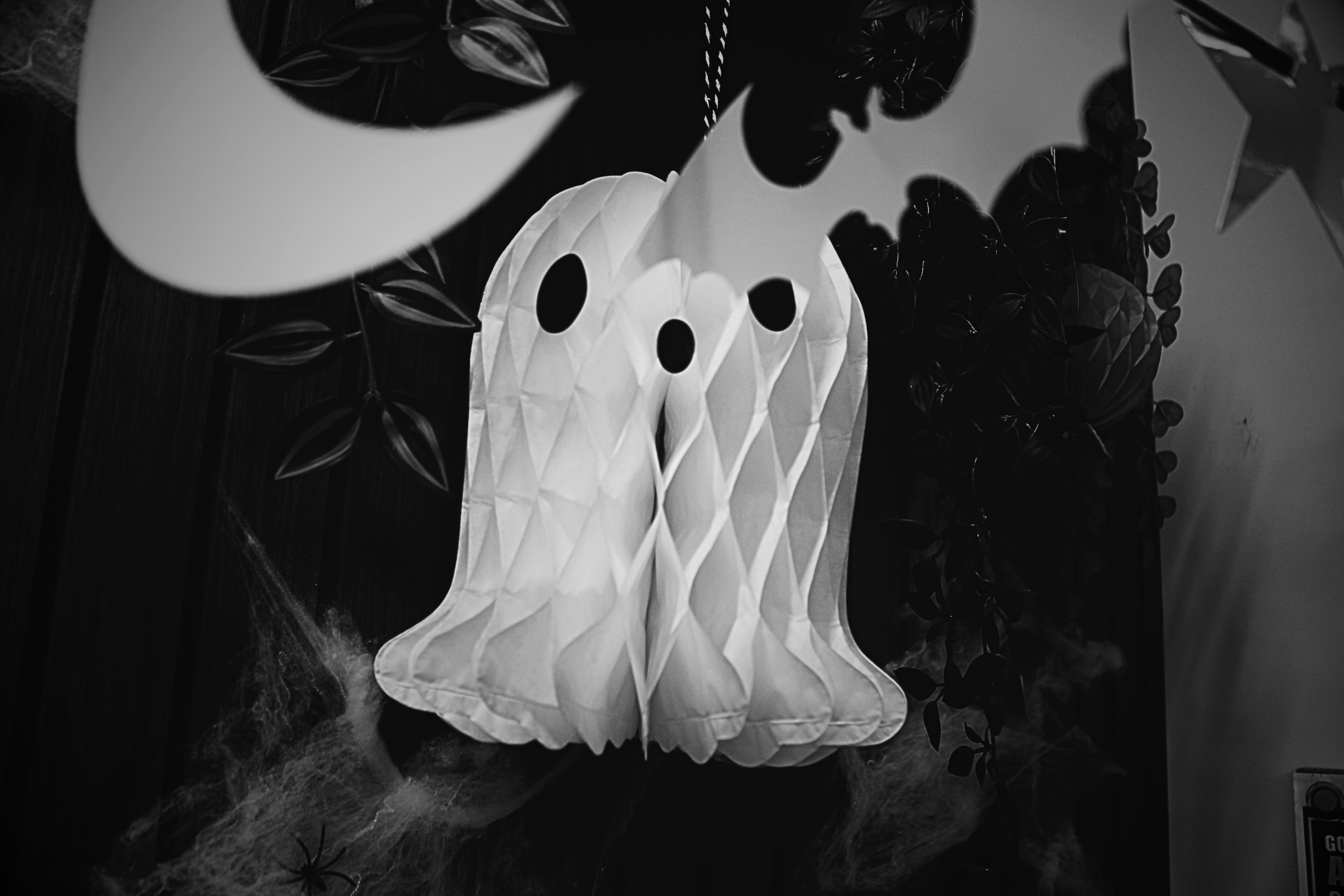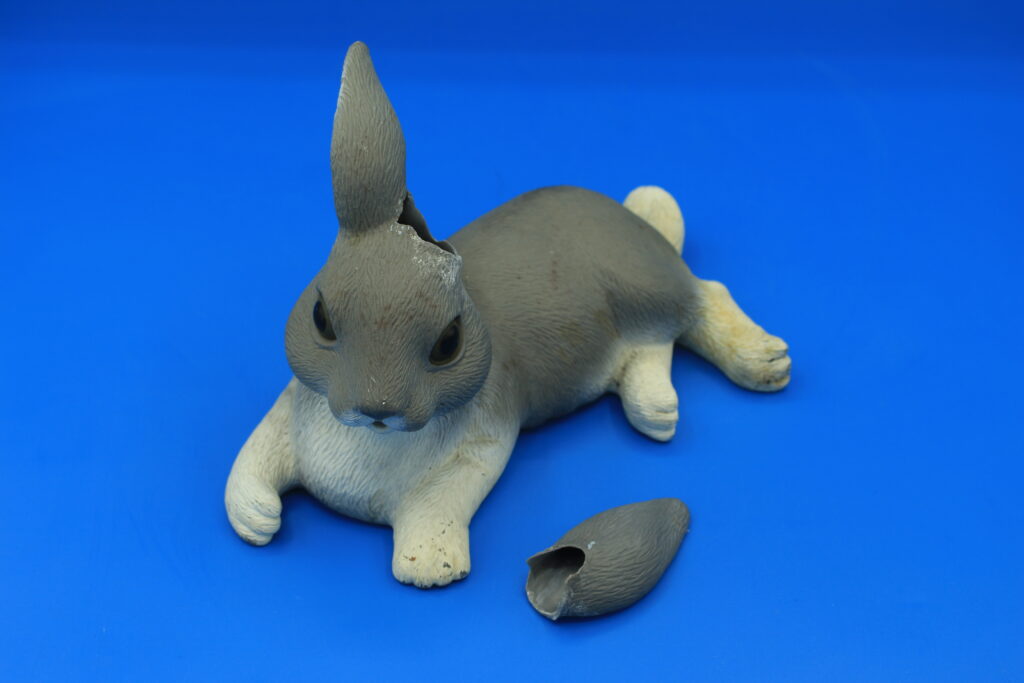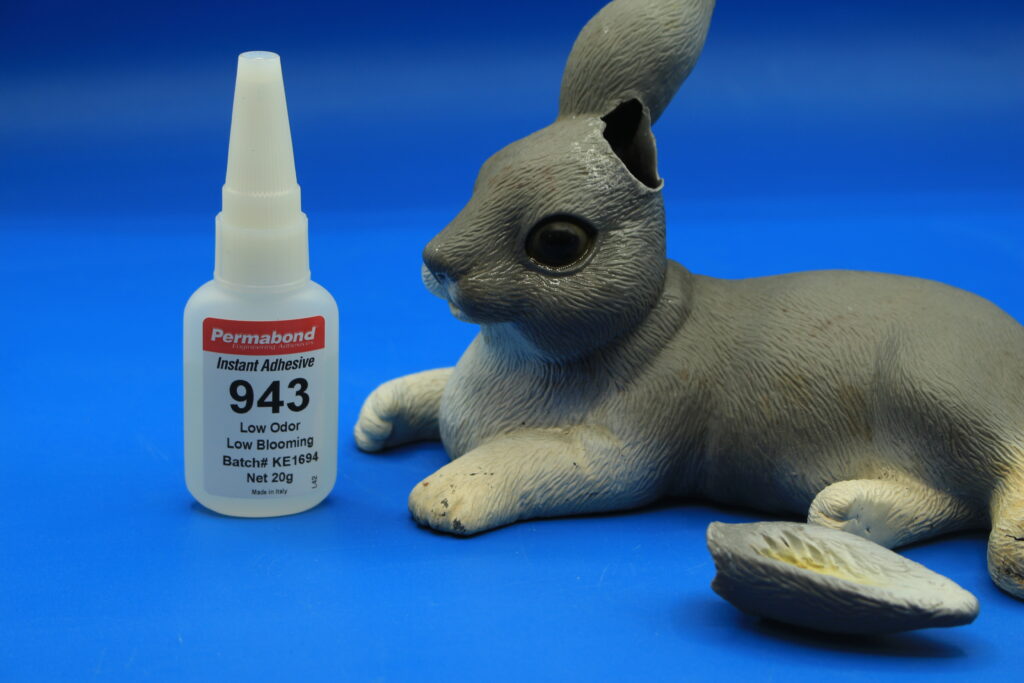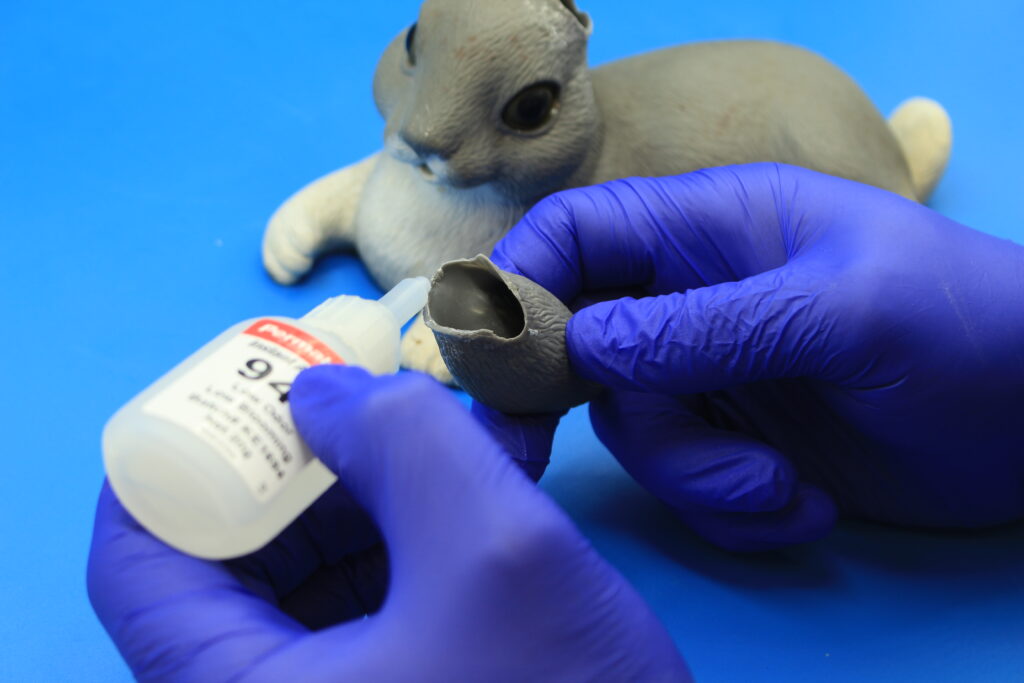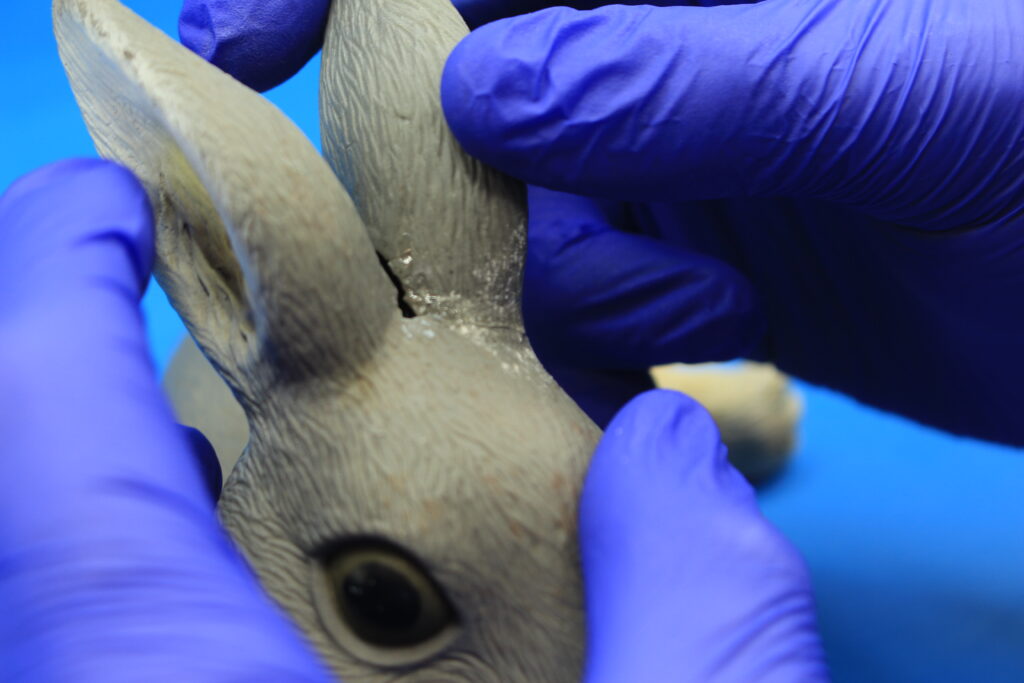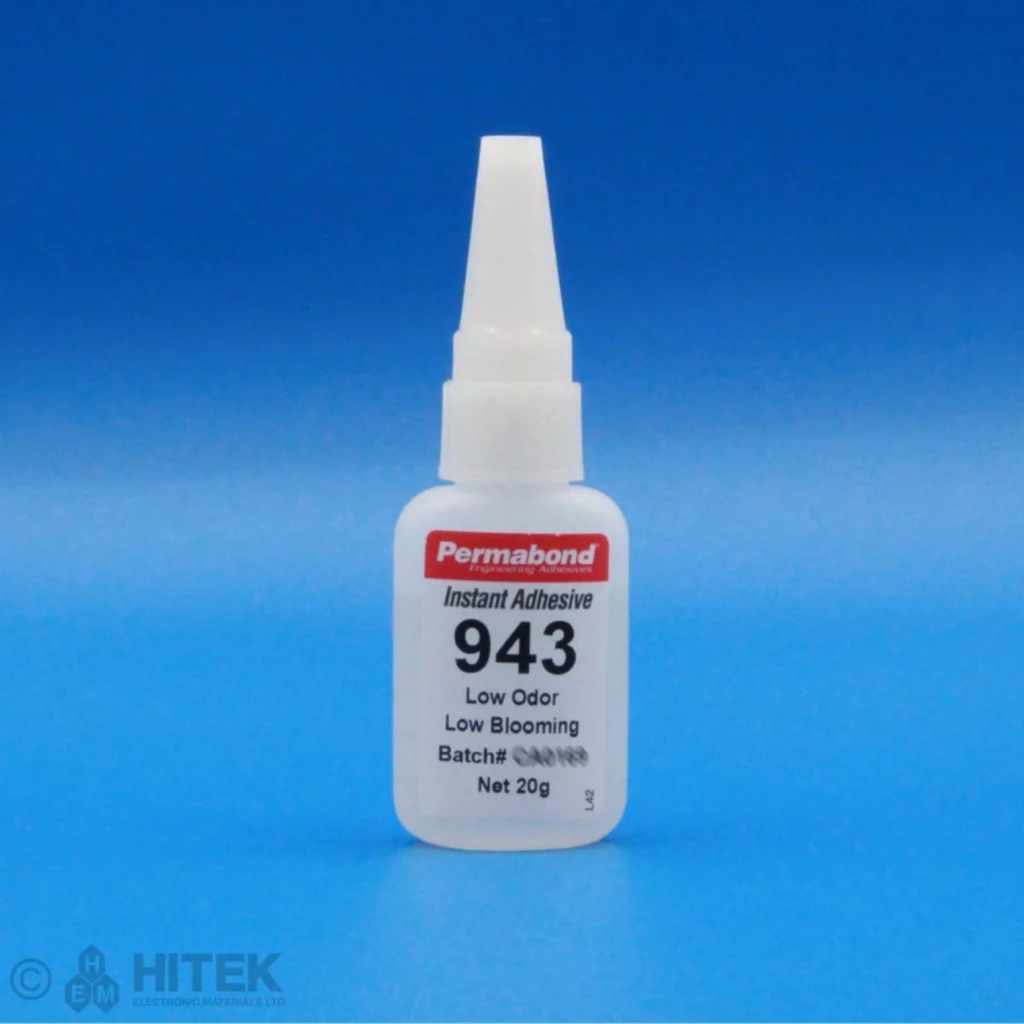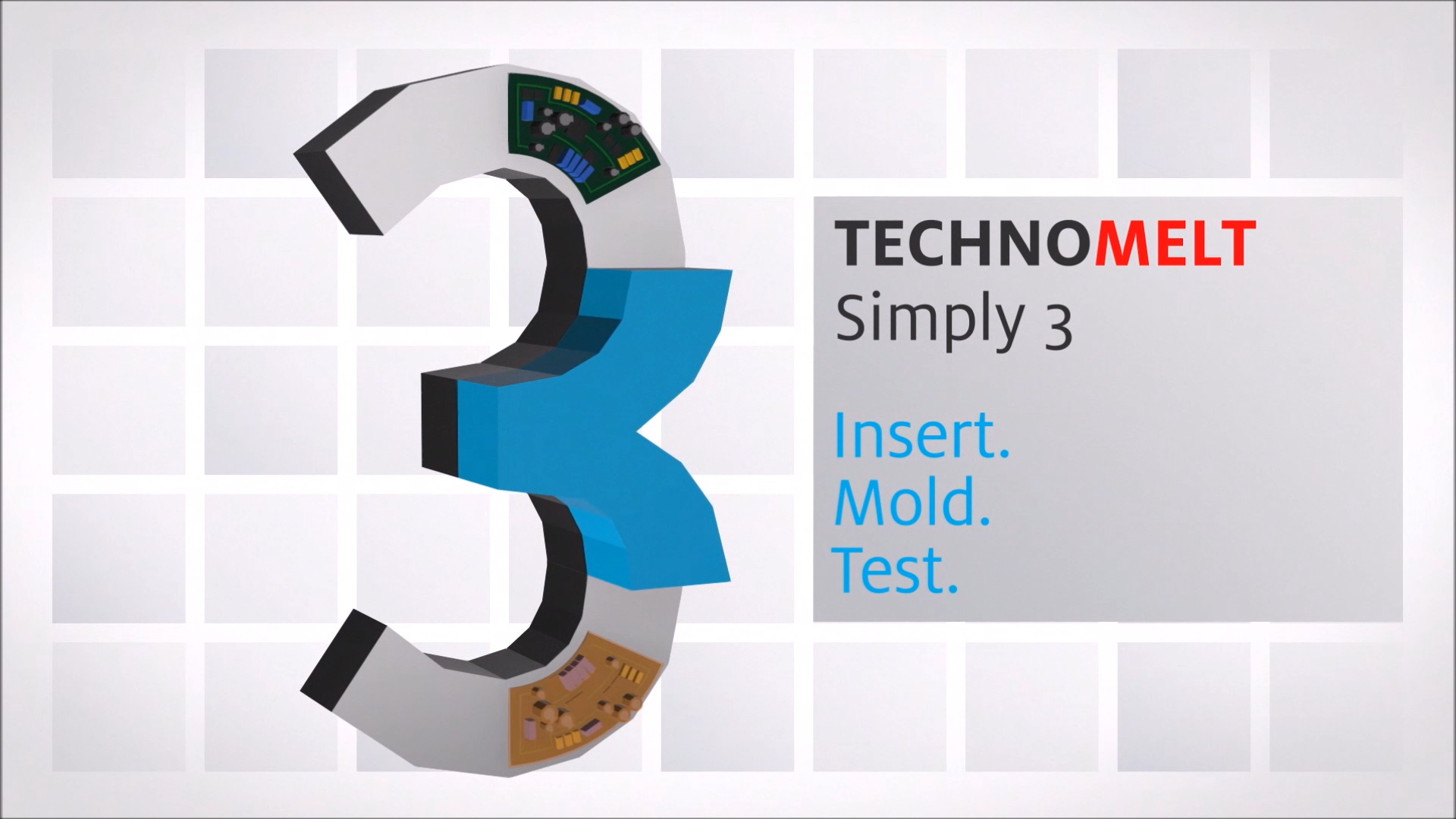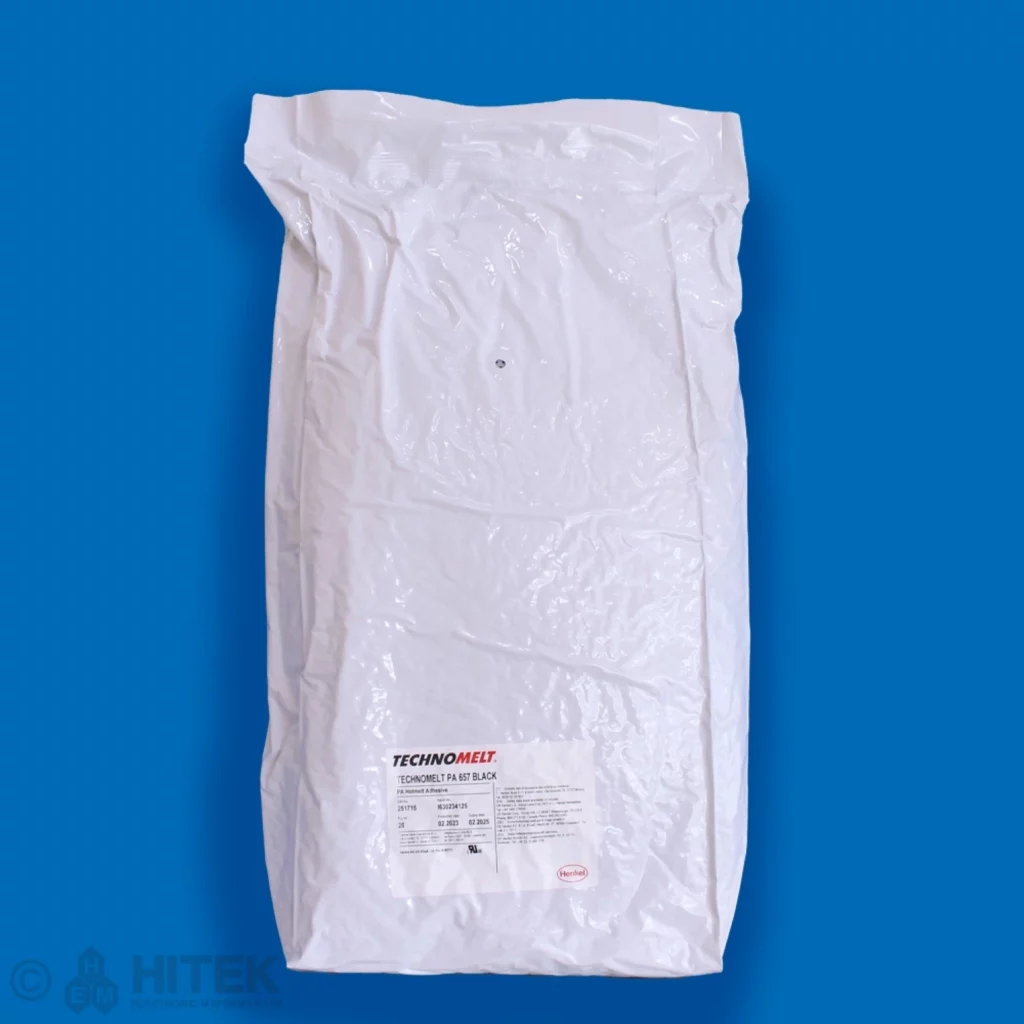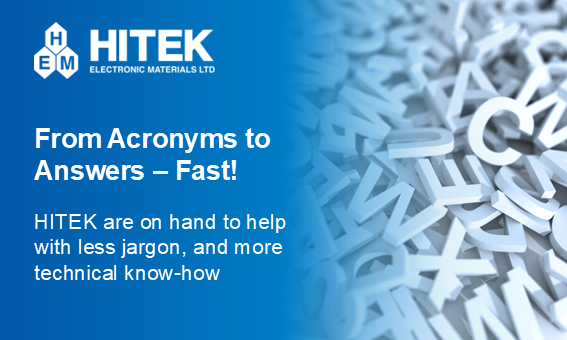
With exhibition season coming to an end in 2025, its time to look back at our recent ventures to the Engineering Design Show (EDS) and Manufacturing and Engineering North East (MENE).
EDS
Our first adventure in the tail end of 2025 was to Coventry where we unveiled our new exhibition stand at EDS. As one of our major shows in the exhibition calendar, we love attending EDS as it gives us the opportunity to talk not only to current industry specialists, but the future of the industry as students of all ages are in attendance.
EDS further provides us a great launch point for our brand refresh as the new look stand elevates HITEK to another level, giving us the opportunity to showcase what we can offer through our new Television media and streamlined product experience across our new shelving. The new atmosphere and feel allowed for a more positive interaction with the varying visitors to the stand
With EDS in the books for 2025, only one more exhibition remained, MENE.
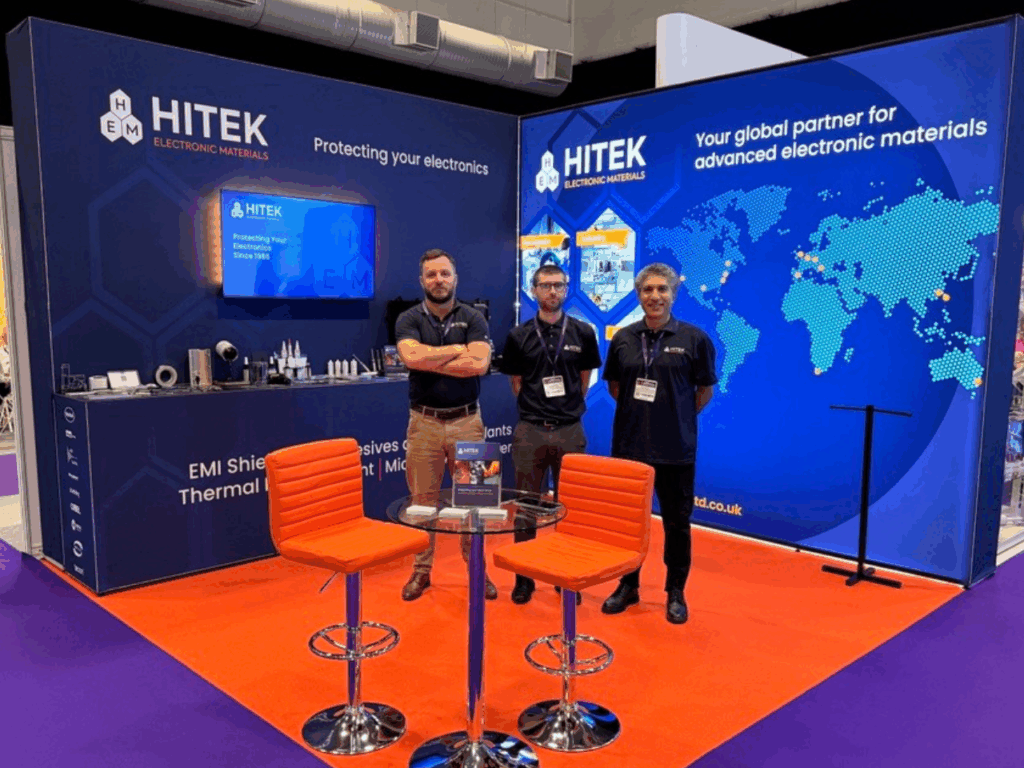
MENE
With MENE only just entering the books at the time of writing, a lot of impactful things took place at this show. With the Manufacturing and Engineering show being our largest event taking place in the north, We thrive on interacting with people from our neck of the woods.
While EDS was the main place of revealing our new branded stand, our smaller pop up was unveiled at this show. With the focus on showcasing our solutions and the core ranges from our suppliers. this stand takes the best elements from our t3 stand.
We enjoy attending this show as it brings us closer to our local customers as well as potentially exposing new opportunities to the north of England.

Come visit us at one of the many exhibitions we attend!
While 2025’s exhibition calendar has come to an end for HITEK, 2026’s is looking prosperous as our first show in the New Year takes place in early February as HITEK will be in attendance, exhibiting at Southern Manufacturing and Electronics at Farnborough’s International exhibition center.
Interested in speaking with one of our professionals? Sign up to the show here.



